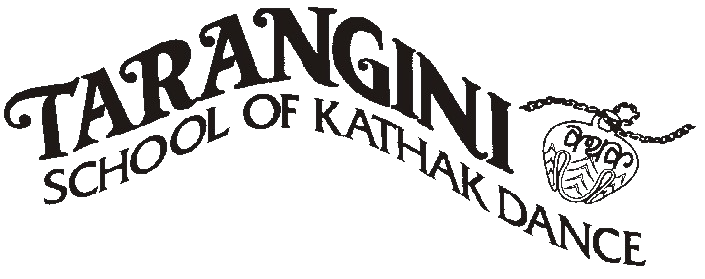Katha Kahe so Kathak
"Katha Kahe so Kathak"
He who tells a story is a Kathakar. Thus evolved the dance form called Kathak. Kathak is one of the seven major classical dance forms in India. It is prevalent in Northern India and has a long past. Its earliest influences were from 2000-year-old folk and tribal dances of the countryside. Nurtured in the holy precincts of Hindu temples, Kathak dance has, over centuries, attained refinement and enriched itself with various hues and embellishments. At first the kathakars recounted stories orally, later on, in order to make their interpretations more effective, they added mime and gesture to their religious recitation from the great Hindu epics, the Mahabharata and Ramayana. Hence a Bhakti or devotional mood was created. India’s rich heritage has been the attraction of several major political empires and religions through out the world for centuries. Kathak’s journey from the Hindu temples to the courts of the Moghul emperors is quite fascinating. The various elements it has imbibed over different periods in history have given Kathak an exquisite character.
The Persian influence, the patronage of the Muslim nawabs and the Rajput maharajas, and the flowering of the two main schools (gharanas), Jaipur and Lucknow, portray Kathak as it has developed in more recent times. The dance has two principal forms of expression: nritta and abhinaya. It was in the Mughal courts that the “pure dance or the technical” repertoire, or nritta bloomed. Intricate footwork, swift pirouettes, and elaborate yet subtle graceful, gestures and body movements flourished making Kathak one of the most vibrant performing arts in the world. Nritta constitutes improvisational pure dance items like laris, tehais, todas, tukras, amaad and parans. These are pieces of rhythmic compositions set to a rhythmic pattern with graceful body movements with fascinating displays of footwork and swift pirouettes. Abhinaya is the aspect of Kathak where the dancer tells a story through mime and subtle facial expressions, performed to songs thumris, ghazals, and bhajans, and to pure dance items like gat and gat-nikas.
The Jaipur Gharana emphasizes strength and technical mastery while the Lucknow Gharana accentuates graceful and subtle gesture and expression. Living legend Pandit Birju Maharaj is the seventh generation torchbearer of the present-day Lucknow gharana or school of Kathak. His ancestors danced in the courts of the last Moghul emperor in city of Lucknow up until the 19th century.
